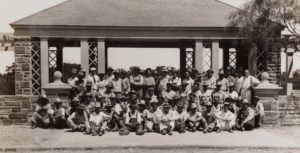The Japanese Garden has a uniquely organic quality. It seems to have grown out of the landscape.
This illusion is part of the garden’s magic, because the Japanese Garden was shaped by human hands. The site began as a small gully that led into the Trinity River floodplain. Over time it was used as a water hole for cattle, a trash dump, and a gravel quarry.
(Article continues below images.)

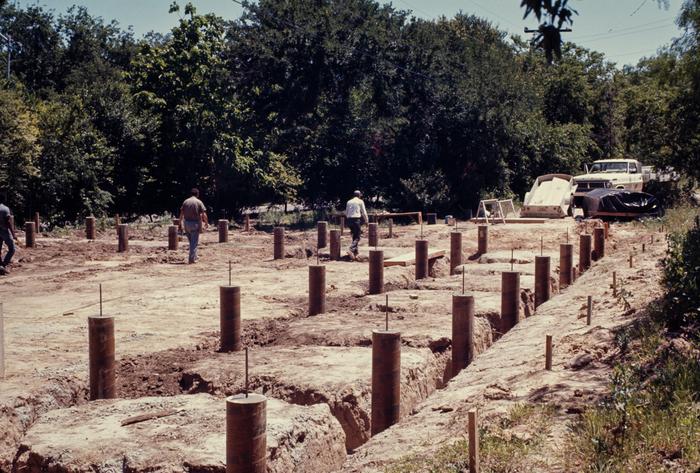
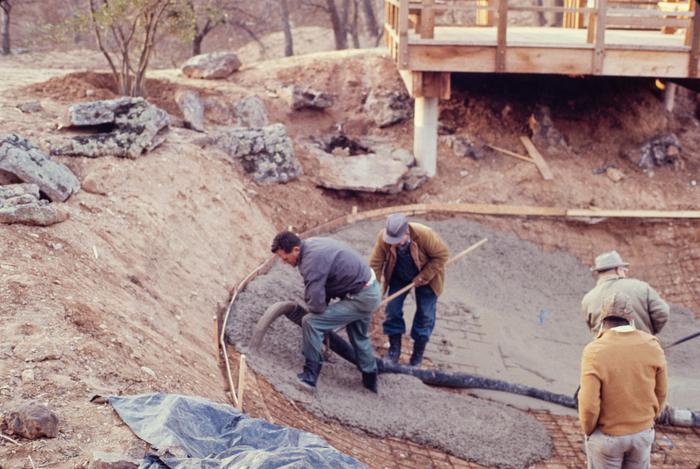
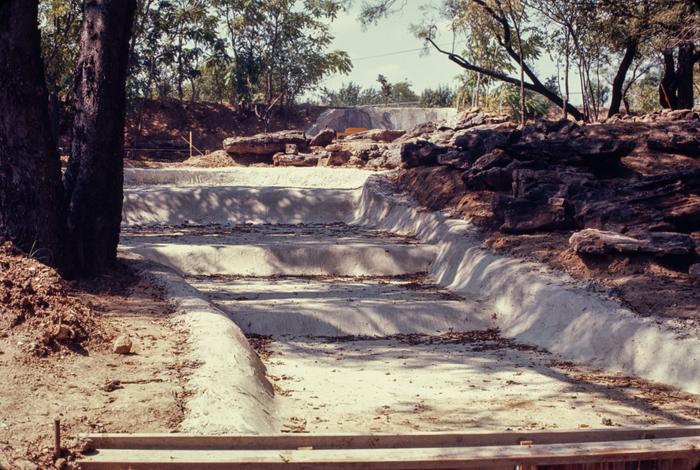
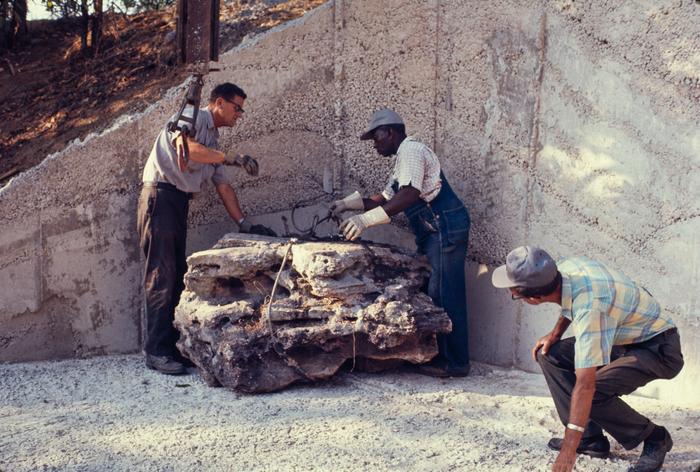



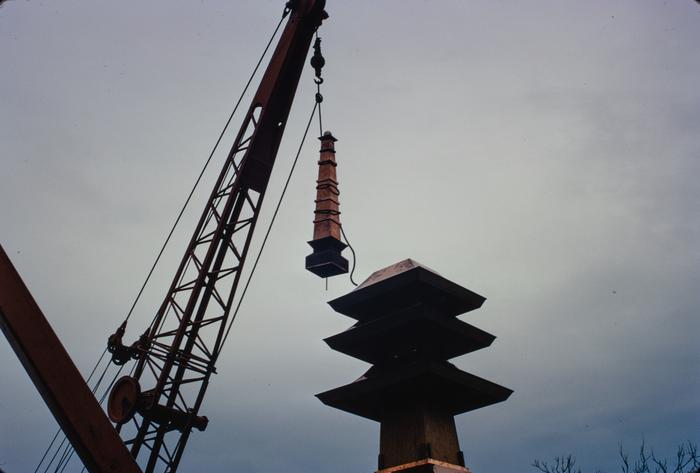
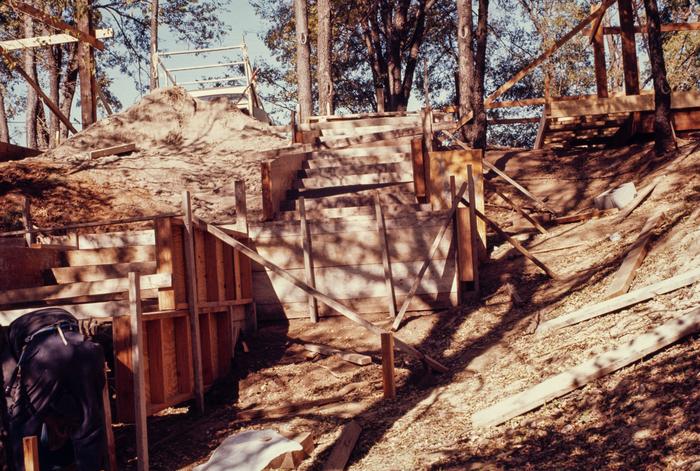
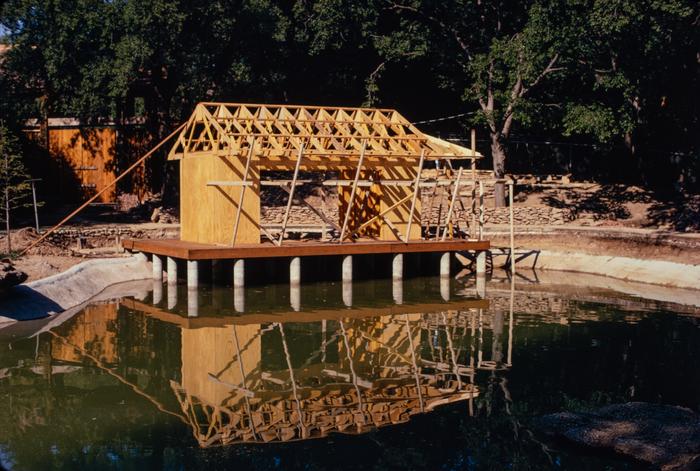
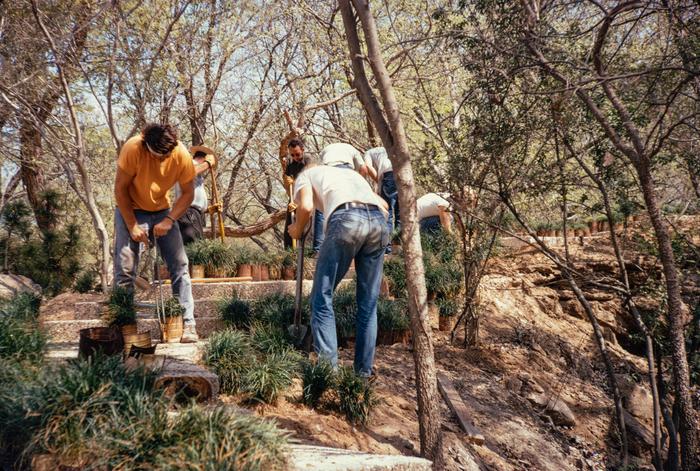

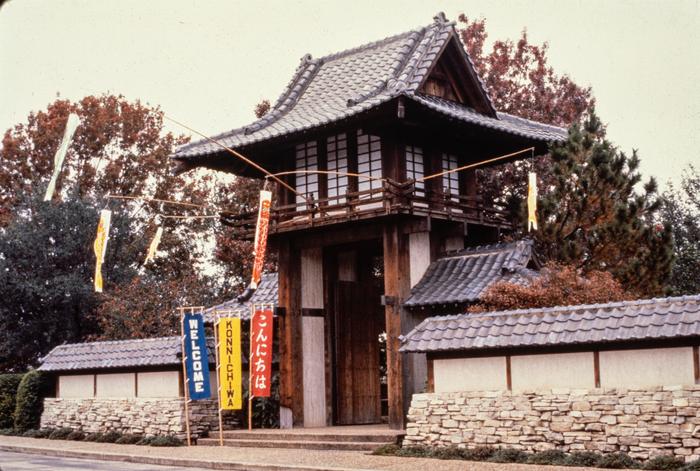
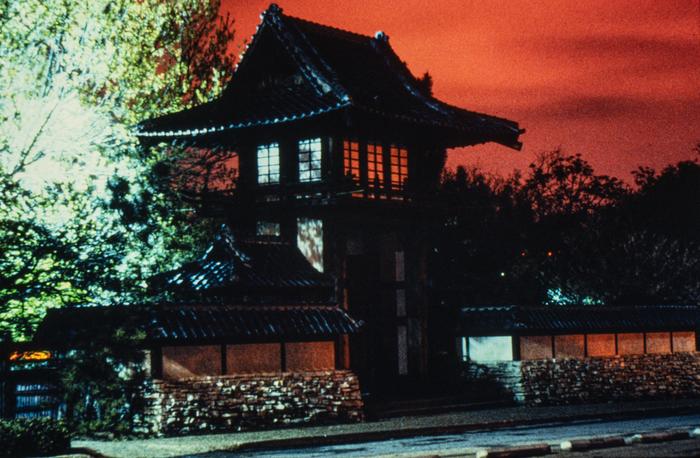

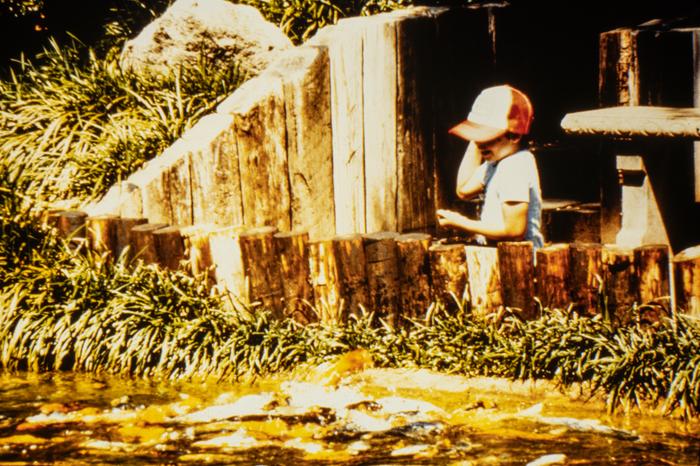
But horticulturists and gardeners at the Fort Worth Botanic Garden looked at the wooded valley and had a vision of a sunken garden. The City of Fort Worth purchased the property in 1963; in 1968, the city hired Kingsley Wu, a professor of environmental living at Texas Women’s University, to design the space. Additional plans were drawn up by Fort Worth-based architect Al Komatsu.
Construction began in 1970, and the garden opened its doors in 1973. The construction process was documented by city staff with a series of photos, photos that are now held in the BRIT Library & Special Collections. Recently, the collection was digitized and added to the digital repository The Portal to Texas History, hosted by the UNT Libraries.
We hope you enjoy this look back at the process that carved the beloved paths and waterfalls of the Japanese Garden from an unprepossessing gully and dry streambed–and join us in thanking those who created this magical haven.


